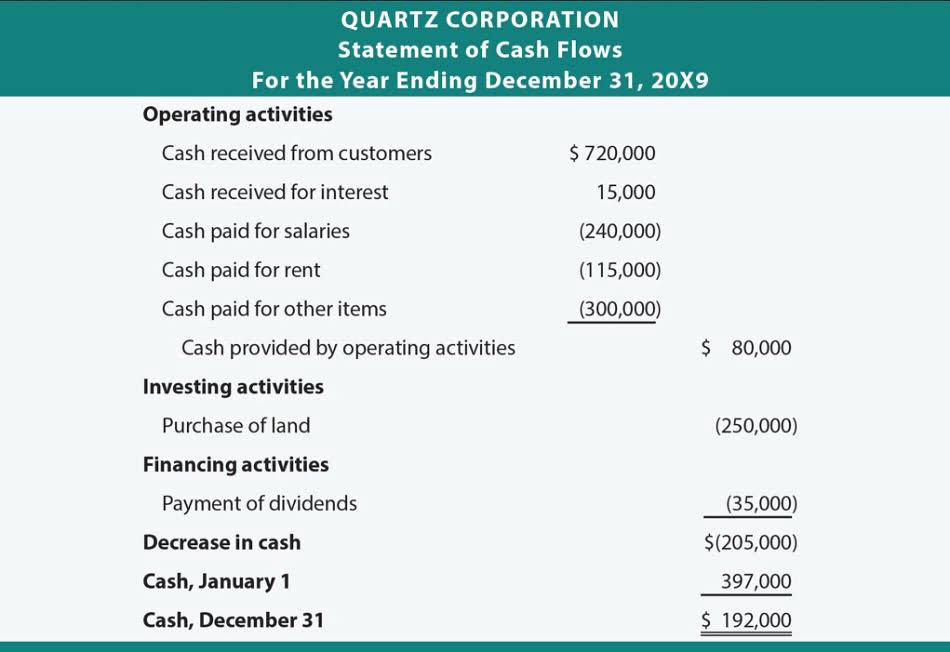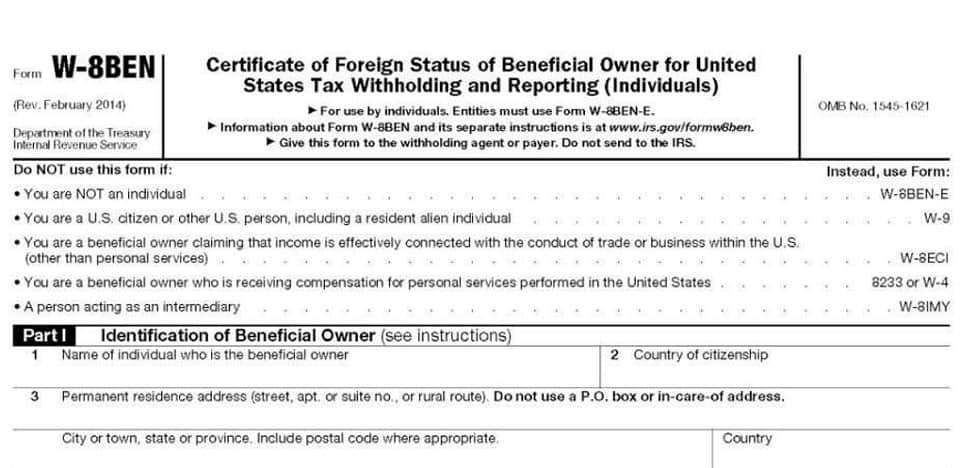
Implementing these inventory management, accounts receivable, and accounts payable strategies can lead to a more efficient operating cycle, improve cash flow, and enhance overall financial performance for your business. Have you ever wondered how businesses seamlessly convert investments into cash, ensuring smooth financial operations? In this guide, we’ll unravel the intricacies of the operating cycle, shedding light on its crucial role in financial management. You’ll explore the components, calculation methods, practical strategies, key performance indicators, and the tools needed to master the art of optimizing your operating cycle for enhanced efficiency and profitability.
Accounts Receivable Management
Integration between these tools can enhance your ability to manage and optimize your operating cycle effectively. Regularly reviewing and updating your tools can ensure that you have the most current solutions to support your financial management efforts. A low DSI suggests that your company is efficiently managing inventory and selling products quickly. This can lead to improved cash flow, reduced carrying costs, and minimized risk of inventory obsolescence.

Tools and Software for Managing the Operating Cycle

Typically, a shorter operating cycle means a company converts inventory and receivables into cash more quickly. As a result, your business has enhanced liquidity, can meet its short-term obligations, and can invest in growth opportunities. When the operating cycle is shorter, it indicates frequent sale of products, which lets the businesses learn about the extensive demand for the product in the market. Normal operating cycles are the usual time it takes for a business to turn inventory into cash. For instance, for the retail industry, it may be short, while for the manufacturing industry, it might be longer due to production times. The business, through this calculation, can check the total time taken from receiving the inventory to storing them, selling them, and customers paying for them.
Marketplace Financial Model Template
A lower DSO indicates that you are collecting payments promptly, which positively impacts cash flow and liquidity. Conceptually, the operating cycle measures the time it takes a company to purchase inventory, sell the finished inventory, and collect cash from customers who paid on credit. Days Payable Outstanding (DPO) represents the average number of days it takes for your company to pay its accounts payable to suppliers. A longer DPO indicates that you are retaining cash for a more extended period, which can be advantageous for working capital management.

Cash
The Net operating cycle, also known as the cash conversion cycle, takes into account both the time required to convert assets into cash and the time taken to pay suppliers. It combines the time for inventory turnover and receivables collection minus the payables period. A high DPO suggests that your company is effectively managing its accounts payable, optimizing cash flow by extending payment terms without straining supplier relationships. This can be particularly beneficial for businesses looking to reduce working capital requirements and enhance profitability. Selecting the right tools and software depends on your business size, industry, and specific requirements.

Financial Reconciliation Solutions
The cash inflow and outflow with respect to the inventory moving in and out becomes easier to observe when the operating cycle is known. Remember, your operating cycle is not static; it requires continuous attention and adaptation to changing market conditions. By implementing the strategies outlined in this guide and staying vigilant, you can achieve a more efficient operating cycle, setting your business on the path to financial success. To gain a deeper understanding of how operating cycle management can impact businesses, let’s explore a couple of real-world examples and case studies that highlight the significance of bookkeeping and payroll services this financial concept. On average, it takes the company 97 days to purchase raw material, turn the inventory into marketable products, and sell it to customers.
Also, comparing a company’s current operating cycle to its previous year can help conclude whether its operations are on the path of improvement or not. A shorter cycle indicates that a company is able to recover its inventory investment quickly and possesses enough cash to meet obligations. Effective integration between accounting and inventory management software ensures seamless data flow and allows you to make informed decisions to optimize your operating cycle. Managing your accounts payable efficiently is equally important in optimizing your operating cycle. By extending payment terms without straining vendor relationships, you can retain cash for a longer duration.
Uses of the Operating Cycle Formula
By implementing these best practices, you can significantly reduce your Days Sales Outstanding (DSO) and expedite the payroll cash collection process, thereby shortening your operating cycle and enhancing your financial stability. Accounts receivable management is a critical aspect of your operating cycle, focusing on ensuring that your customers pay you promptly for the goods or services you’ve provided. Delays in receiving payments can significantly extend your operating cycle, impacting your cash flow and overall financial health. By implementing these inventory management strategies, you can effectively control your inventory and contribute to a shorter operating cycle.
- To gain a deeper understanding of how operating cycle management can impact businesses, let’s explore a couple of real-world examples and case studies that highlight the significance of this financial concept.
- The operating cycle, often referred to as the cash conversion cycle, is a fundamental concept in financial management.
- It represents the time it takes for a business to convert its investments in inventory and other resources into cash through sales and accounts receivable collection.
- The operating cycle is equal to the sum of DIO and DSO, which comes out to 150 days in our modeling exercise.
- We’ll explore the formula and its basic concepts, as well as provide practical examples to help you grasp this critical aspect of your business.
- The cash inflow and outflow with respect to the inventory moving in and out becomes easier to observe when the operating cycle is known.
Payments
- We will explore essential tools and software that can help you effectively manage and optimize your operating cycle.
- To put it simply, the operating cycle measures how quickly a company can turn its resources into cash flow.
- Effective integration between accounting and inventory management software ensures seamless data flow and allows you to make informed decisions to optimize your operating cycle.
- The operating cycle is a financial metric that measures the time it takes for a company to convert its investments in inventory and accounts receivable into cash.
- So, to clear up any confusion you might have, let’s break down the operating cycle in simple terms, from what it is to how to calculate it to the operating cycle formula and more.
- As a result, your business has enhanced liquidity, can meet its short-term obligations, and can invest in growth opportunities.
- Upgrading to a paid membership gives you access to our extensive collection of plug-and-play Templates designed to power your performance—as well as CFI’s full course catalog and accredited Certification Programs.
These strategies are fundamental for businesses looking to improve their cash flow, reduce working capital requirements, and ultimately boost profitability. An increased operating operating cycle cycle can result from slower inventory turnover, longer times to collect payments from customers, or delays in paying suppliers. Issues like production delays, excess stock, or lenient credit terms can all contribute to a longer cycle, affecting cash flow. Therefore, while the operating cycle focuses solely on the time to turn inventory into cash, the cash cycle provides a fuller picture by factoring in how long the company can delay payments to suppliers. This adjustment gives a clearer view of cash flow efficiency and working capital management, showing the net duration for converting operational investments into cash.